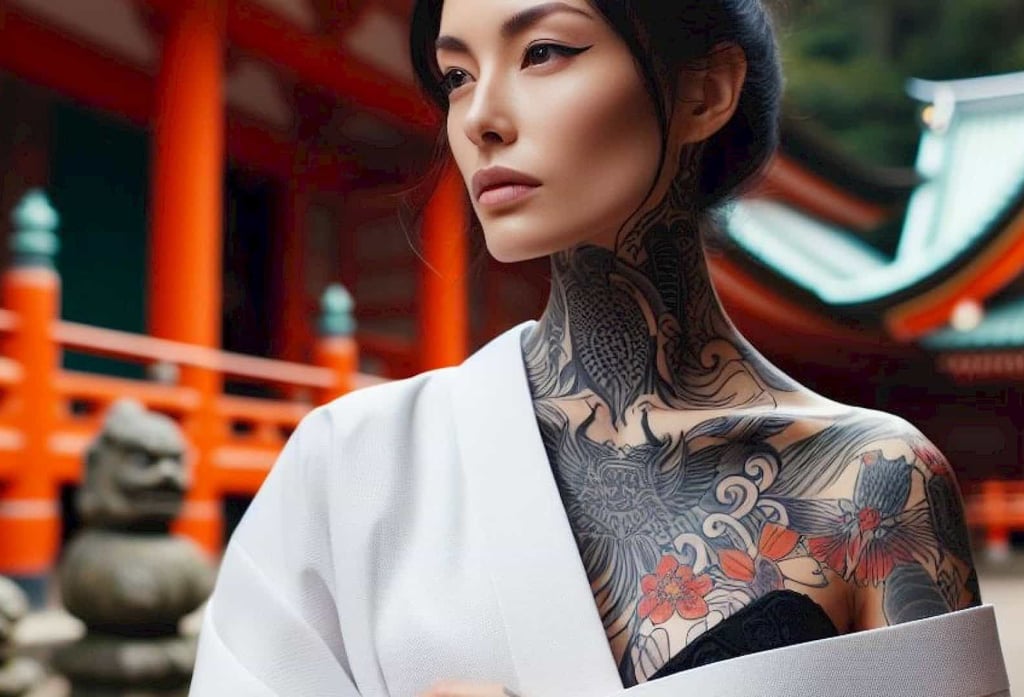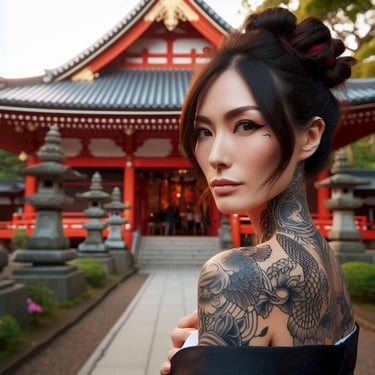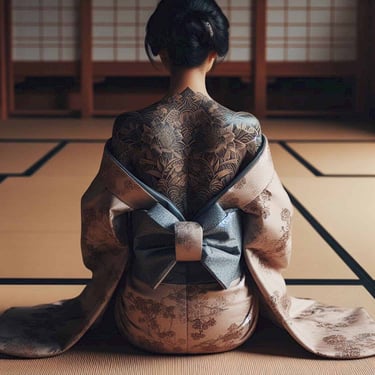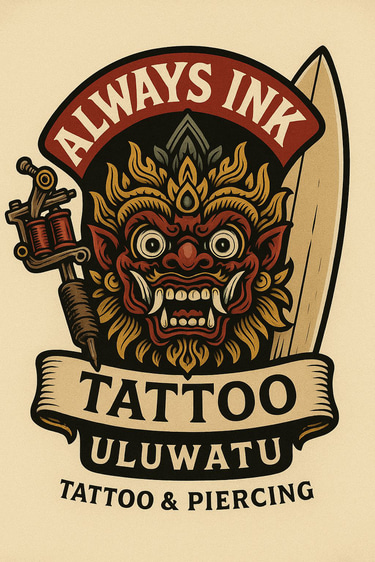Tradition Meets Modernity | Development of tattoo art in Japan
3/10/20251 min read


The tattoo tradition in Japan dates back to the Jomon period, when people inked designs on their bodies to seek protection from evil spirits. Over the centuries, Japanese tattoo art developed into an important cultural expression and was practiced by both the Yakuza and ordinary citizens.
A special form of Japanese tattoo art is irezumi, in which the entire body is decorated with intricate designs. In the past, tattoos were applied by hand using traditional tools such as bamboo sticks and needles, which was a lengthy and painful process. Today, modern tattoo machines are usually used.
In the past, tattoos in Japan were often associated with criminality, as they were used as a form of identification by the Yakuza. Because of this negative connotation, tattoos were long stigmatized in society and even banned in some public spaces. However, in recent years, attitudes toward tattoos in Japan have changed, and more and more people are choosing artistic designs to express their personality.
Nevertheless, the art of tattooing in Japan remains deeply rooted in traditions and customs. Many tattoo artists still follow strict rules and rituals to preserve the ancient craft. The combination of tradition and modernity makes Japanese tattooing a fascinating and unique part of Japanese culture.


